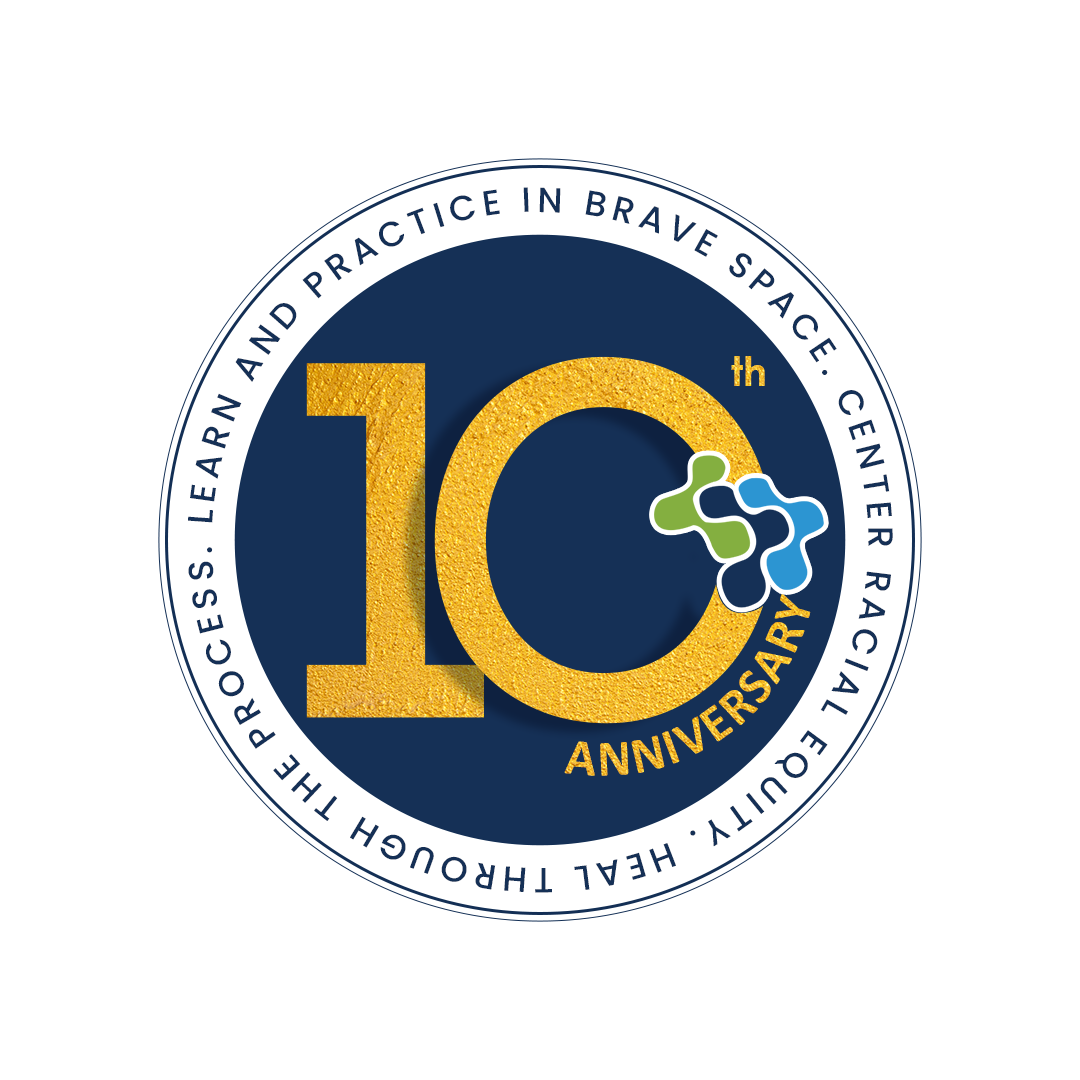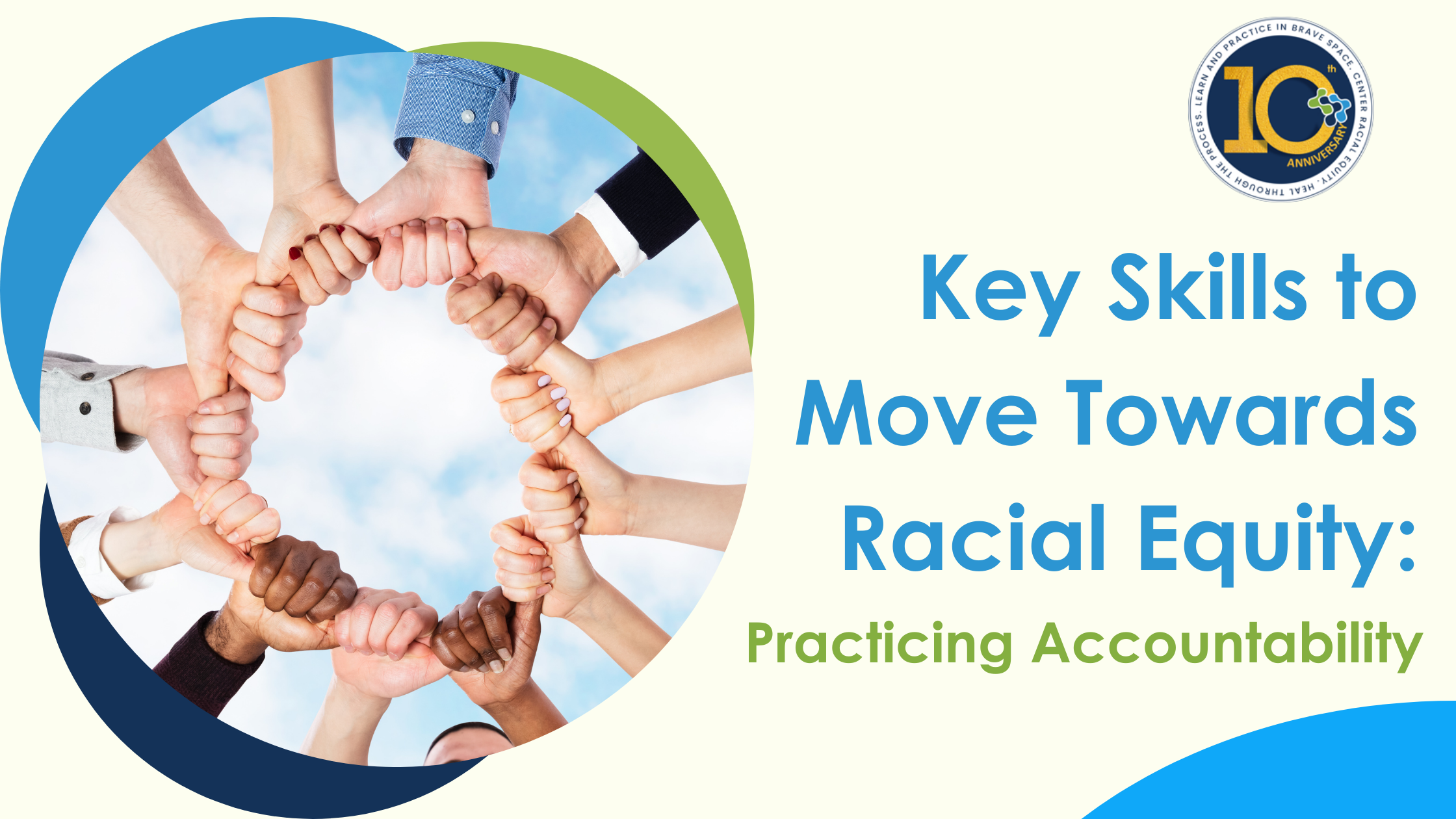“True accountability is not only apologizing, understanding the impact your actions have caused on yourself and others, making amends or reparations to the harmed parties; but most importantly, true accountability is changing your behavior so that the harm, violence, abuse does not happen again.”
-Mia Mingus
We just closed a year-long project with a medium-sized nonprofit. They wanted to define a racial equity statement, values, and practices with their staff and board of directors and operationalize the racial equity statement. They shared that they released a Black Lives Matter statement in June 2020 as a reaction to the lynching of George Floyd and have a working Racial Equity Committee to serve as an accountability body.
When we began working with them, we discovered:
- The Black Lives Matter statement was crafted by staff leadership with little input from Black staff. And the board did not want to release the statement.
- The board was unwilling to move towards racial equity. They wanted to confront staff in retaliation for feedback they received. Our session with them was harmful.
So, we pulled back to answer, “What is our work now?”
As a group of Black practitioners, our job is never to convince or persuade. The labor to do that is harmful to our bodies and can incite more trauma. So, we asked this organization, “What is our work now?”.
When organizations disrupt and dismantle their current culture and ways of work, the conflict will feel more pronounced. They will see the paradoxes. And every person will need to learn to resolve by apologizing, making amends, and changing behaviors. The always present work is practicing accountability.
Our culture has determined practicing accountability as punitive measures to make someone or an institution pay for harm, violence, or abuse. The way we think about practicing accountability leaves no room for restoration, reparation, or justice. If we want something different from white supremacist culture, I see practicing accountability as a restorative, reparative practice that supports community care.
How can we begin to practice accountability that supports community care?
1. Define Your Resistance to Apologizing
Mia Mingus has provided a beautiful offering on How To Give A Genuine Apology Part 2: The Apology – The What and The How. She provides the essential components to give an apology that supports community building and restoration.
We have used this resource with our partners. There is little resistance to the words. But, there is resistance when we discuss how they will apologize for what staff has lifted up as harmful practices in their institutions.
Before we start attempting to use a framework or resources, we need to get clear on the source of resistance.
Why do I have a resistance to apologizing? What is the antidote?
Our culture thrives on the perception of perfectionism. So, when a mistake or misstep is made, we find it difficult to express or acknowledge them. To practice accountability, you must define, “Why do I have a resistance to apologizing?”. From there, begin to discover, “What is the antidote?”.
2. Center Vulnerability
The word “vulnerability” evokes fear of the unknown. It is an emotional exposure coupled with uncertainty. For BIPOC, it has not been physically or psychologically safe to be open with white people. But, spaces have to center on vulnerability if an organization is committed to practicing accountability.
An organization can center vulnerability by creating brave spaces, a space where staff can show up authentically. A brave space can be created by providing the same rituals. At CBV, we always start with feelings, gratitude, and intentions, so we all know we are at this moment. It is an open release.
What are communal practices that center on vulnerability?
We are all learning how to uproot white supremacist culture. This means we have to do the pioneering work of creating new norms.
3. Be Committed to Mending
When harm has been committed, there is no linear path to repair. You may have to apologize more than once. You will have to continuously check in to see if the reparative work is resonating with the person(s) that were harmed. You will need to be committed to mending.
How can I repair it?
The first step to mending is apologizing to take full responsibility for the hurt or harm that you caused or were complicit in. Then, in an effort to build trust, ask, “How can I repair it?”. Then, begin the work and continue to check in on how trust is building.
What are other ways that may be helpful in practicing accountability?
Please share your thoughts.


